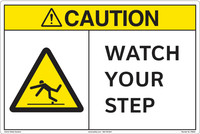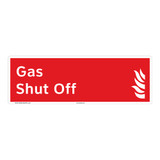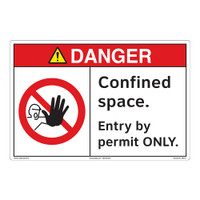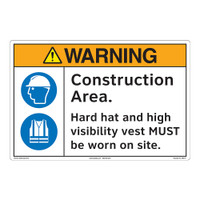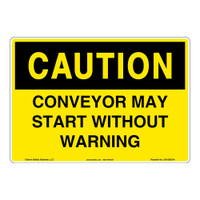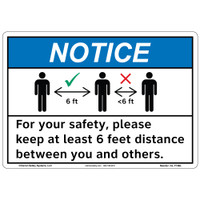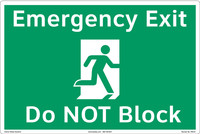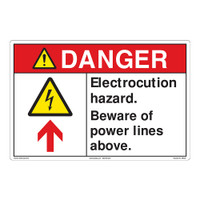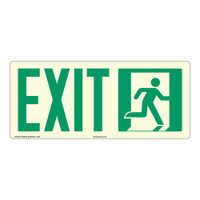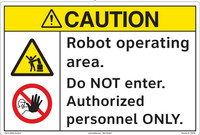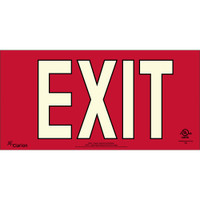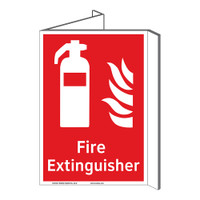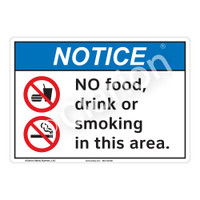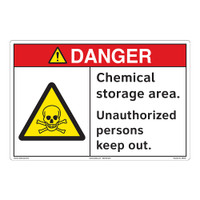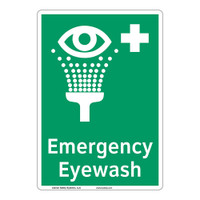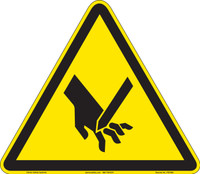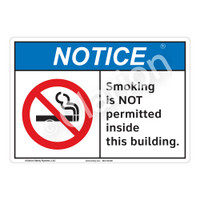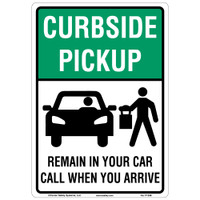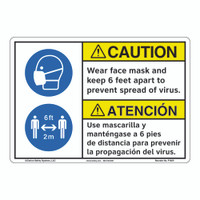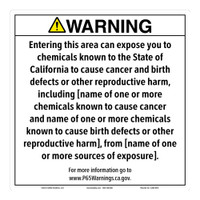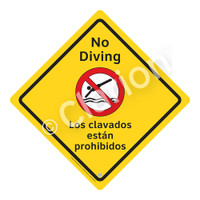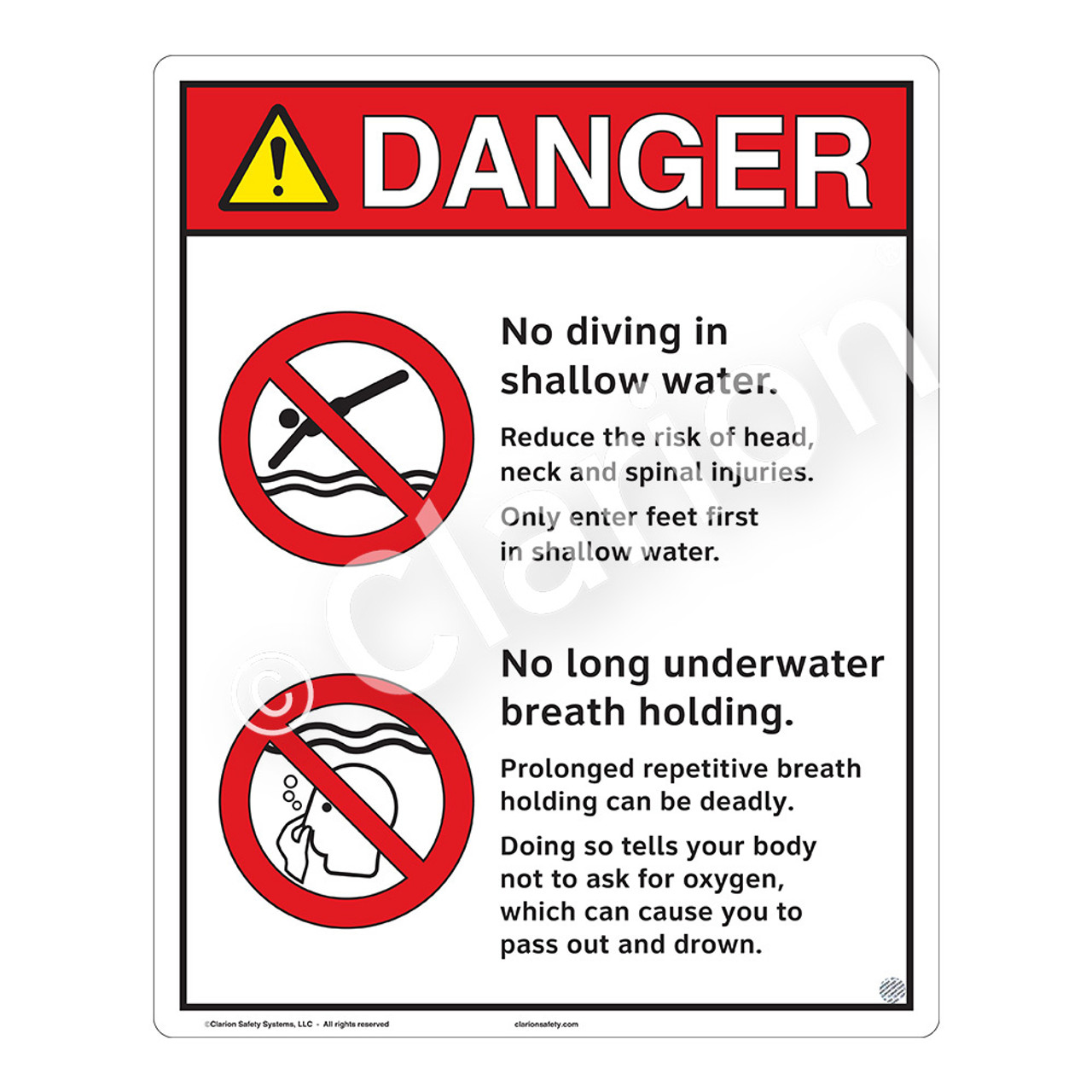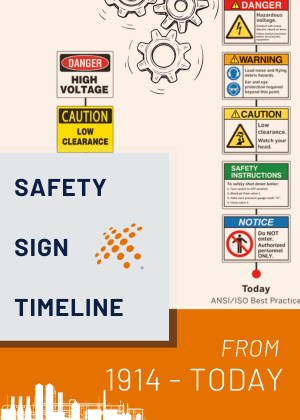-

Exit Sign (F1080-)
Starting at $18.46 / each -

Exit Sign (F1082-)
Starting at $19.97 / each -

Exit Sign (F1081-)
Starting at $19.97 / each -

Exit Sign (F1075-)
Starting at $19.97 / each -

Exit Sign (F1073-)
Starting at $18.46 / each -

Arrow Sign (F1079-)
Starting at $11.05 / each -

-

Arrow Sign (F1078-)
Starting at $11.05 / each -

Arrow Sign (F1085-)
Starting at $11.05 / each -

Arrow Sign (F1086-)
Starting at $11.05 / each -

Exit Sign (F1074-)
Starting at $19.97 / each -

Exit Sign (F1076-)
Starting at $19.97 / each -

Exit Sign (F1077-)
Starting at $19.97 / each -

Exit Sign (F1083-)
Starting at $19.97 / each -

Exit Sign (F1084-)
Starting at $19.97 / each -

Photoluminescent Escape Plan Frame Kit (EVAC-)
Starting at $91.68 / each -

Photoluminescent Obstacle Tape (EPLOT-)
Starting at $151.82 / each -

Photoluminescent Tape (EPLT-)
Starting at $127.53 / each
Photoluminescent pathmarkings are the state-of-the-art for leading people safely to the nearest exit. On 9/11, people followed the photoluminescent stripes – painted on steps and along corridors after the 1993 WTC bombing – to get to the final exits. The vast majority of the two buildings’ occupants below the blast zones were able to use these markings to safely escape.
After 9/11, in 2004, Clarion’s founder, Geoffrey Peckham, chaired the expert taskforce that assisted New York City’s Buildings Department with writing a new building code requiring photoluminescent safety markings in the stairwells of all of the city’s tall, commercial buildings. Nearly identical standards were written by NFPA and the International Building Code, as well as the U.S. government’s GSA. UL® standards were written and test protocols were put in place for the new high tech glow-in-the-dark materials.
Today, Clarion can produce egress pathmarkings for planes, helicopters, jets, ships, trains and buildings. Our safety-grade photoluminescent egress pathmarkings are lighting the path to safety around the world. We urge you to put it to work in your facility today, to clearly lead people to safety in a power-out emergency.
Charged by ambient light, our egress pathmarking systems work in both lights-on and lights-off conditions. When a crisis occurs, people need to instantly know how to exit your facility. Our NFPA and UL 1994 certified photoluminescent signs and pathmarkings are designed to exact standards so they can do their job of leading your people to escape routes.
Each egress pathmarking system installation configuration is quoted separately, as both volume of signs and style of markings determine the cost. Typical components include low-located, high-located and doorway exit signs, door handle and handrail markings, step markings, “Not an Exit” door signs, floor number signs for inside and outside stairwell doors, floor/landing perimeter tape, obstacle marking tape and customized markings to indicate roof access and floor re-entry points inside of stairwells. All components are important and a good site survey is needed to correctly plan an effective egress pathmarking system.

